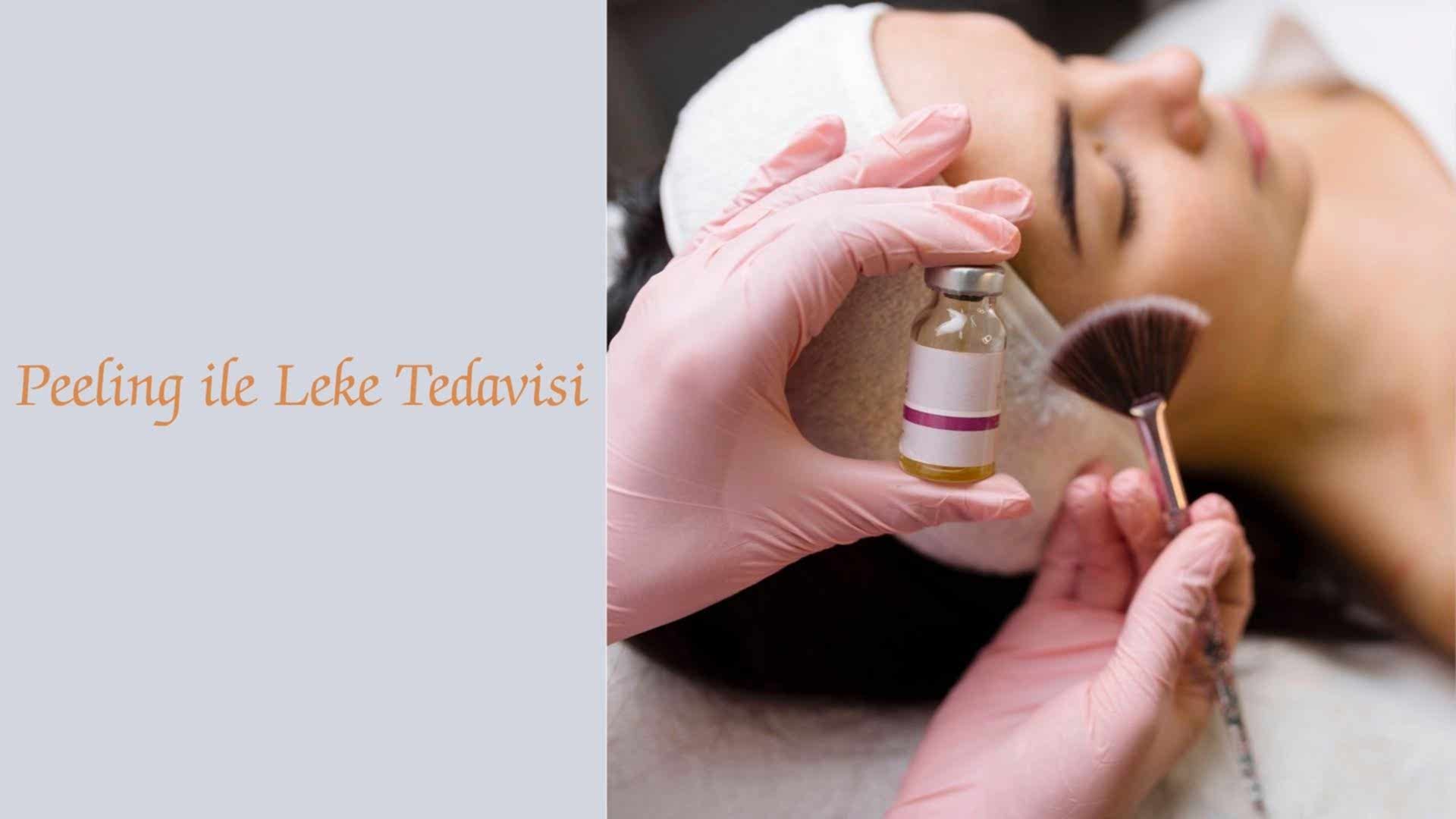
Spot Treatment with Peeling
Skin spots are one of the leading aesthetic problems that occur especially due to sun damage, ...
Blemish treatment encompasses a comprehensive set of methods and technologies aimed at removing dark spots, uneven skin tone, and other skin imperfections. Since each individual's skin structure, genetic characteristics, and lifestyle differ, the treatment process is meticulously planned and applied on a completely personalized basis. Blemish treatment helps many individuals with aesthetic concerns increase their self-confidence by making their skin look healthier, smoother, and more aesthetic.
Spots on the skin are caused by the overproduction or irregular distribution of the melanin pigment. These spots can appear due to various reasons such as genetic factors, excessive sun exposure, hormonal changes, stress, environmental factors, or aging. Blemish treatment aims to correct the color changes and tone differences on the skin caused by these reasons and to restore the skin's natural appearance.
The methods used in the treatment process vary significantly depending on the patient's skin structure, the type, depth, and prevalence of the blemish. Advanced techniques such as laser treatments, chemical peeling applications, mesotherapy, dermapen, and PRP are applied, supported by state-of-the-art devices and innovative approaches. These methods aim to solve blemish problems effectively and permanently, while also improving the overall health and appearance of the skin.
The main causes of skin blemishes include uncontrolled sun exposure, hormonal changes, genetic predisposition factors, and aging processes. Especially excessive exposure to ultraviolet (UV) rays can increase melanin production in the skin, leading to the formation of blemishes and the darkening of existing ones. For this reason, for individuals undergoing blemish treatment, developing the habit of regular sunscreen use and sun protection is of great importance for the success of the treatment and the permanence of the results. In addition, a balanced diet, adequate water consumption, and regular skin care are also supportive factors that increase the effectiveness of blemish treatment.
Hormonal changes can cause conditions such as melasma, especially seen during pregnancy. Melasma is dark spots that form due to hormonal fluctuations and are generally seen on the face. These spots are triggered by an increase in estrogen and progesterone hormones during pregnancy and mostly become prominent on the cheeks, forehead, and around the upper lip. The spots usually decrease after pregnancy as hormone levels balance, but in some cases, they can be permanent and require professional treatment.
Genetic factors also play an important role in the formation of skin blemishes. In individuals with a family history of skin blemishes, the likelihood of similar problems appearing is higher. Genetic predisposition is related to the transmission of genes that affect melanin production and distribution. Additionally, the aging process can also cause the formation of dark spots on the skin known as age spots. These spots are caused by the slowing of the skin's renewal process and irregularities in melanin production.
The most common types of skin blemishes among individuals living in Ankara include melasma, sun spots, and age spots. Melasma is commonly seen due to Ankara's climate and sun exposure and is usually prominent on the cheeks, forehead, and upper lip area. The increased sun rays in the summer months and the city's high altitude can trigger the formation of melasma.
Sun spots are the result of long-term sun exposure and are especially common in exposed areas such as the face, hands, and shoulders. In Ankara's sunny summer months, these types of spots are seen more frequently, and the search for treatment increases. Sun spots are an indication of the damage caused by UV rays on the skin and can be prevented with regular sunscreen use.
Age spots, on the other hand, are changes in the skin in brown or black tones that are generally seen in older individuals. These spots are considered a natural part of skin aging, but they can be treated for aesthetic concerns. Age spots are associated with the decrease in the skin's collagen production and the slowing of the cell renewal process. With modern treatment methods and regular skin care, the appearance of these spots can be reduced and the overall appearance of the skin can be improved.
Blemish treatment can be performed with different methods depending on the skin type and the characteristics of the blemish. Thanks to developments in modern dermatology and aesthetic medicine, customized treatment options are now available for every type of blemish. The most common blemish treatment methods include laser blemish removal, chemical peeling, and mesotherapy. Each method targets a specific problem and offers different advantages. Factors such as the person's skin type, blemish type, and depth are taken into consideration when choosing a treatment.
Laser blemish removal aims to eliminate pigmentation problems in the skin using high-energy beams. This method is highly effective, especially in the treatment of deep and stubborn blemishes. Customized treatments can be applied according to the depth and type of the blemish using different wavelengths of laser technologies. The advantage of laser treatment is that it gives fast results and leaves minimal damage to the skin. The post-treatment recovery period is usually short, and a quick return to daily activities can be achieved.
Chemical peeling removes dead cells from the skin's surface, allowing a new and healthy skin layer to emerge from underneath. This method is effective, especially in the treatment of superficial blemishes. The peeling procedure, applied using different chemical agents such as glycolic acid, salicylic acid, or TCA, accelerates skin renewal. For chemical peeling to be effective, it is important to choose a peeling solution that is suitable for the skin's structure. Peeling treatment applied in regular sessions evens out skin tone and reduces the appearance of blemishes.
Mesotherapy aims to eliminate blemish problems by injecting vitamins, minerals, and other active ingredients under the skin. This method helps to even out skin tone and reduce the appearance of blemishes. Mesotherapy, applied with specially prepared cocktails, supports the skin's natural renewal process and balances melanin production. Mesotherapy is often combined with other treatment methods to achieve more effective results. The treatment protocol can be customized according to the person's needs.
Age spot treatment generally includes laser blemish removal and chemical peeling methods. Although these spots are considered a natural result of skin aging, they can be treated for aesthetic concerns. The appearance of age spots can be significantly reduced with modern treatment methods and regular care protocols. Age spots can become even more prominent with the effect of sun exposure. Therefore, sunscreen use and regular skin care are of great importance during the treatment process.
Laser treatment is an effective method that helps even out skin tone by lightening the color of age spots. This treatment can usually last 4-6 sessions, and a period of 3-4 weeks should be left between each session for the skin to heal completely. Laser treatments are performed with minimal pain thanks to modern technologies and are easily tolerated by most patients. Patient comfort is kept at the highest level thanks to the topical anesthetic creams applied before the treatment.
The chemical peeling procedure reduces the appearance of blemishes and accelerates skin renewal by controllably peeling the upper layer of the skin. In the treatment of age spots, a suitable peeling solution such as glycolic acid, salicylic acid, or TCA is chosen, considering the skin's sensitivity and the depth of the blemish. Since the skin's sensitivity will increase after the treatment, the regular application of sunscreen and moisturizing care products is of great importance.
Laser blemish removal methods are applied specifically to each skin type and blemish type using state-of-the-art devices and different wavelengths. This treatment method effectively solves pigmentation problems by targeting melanin accumulations in the skin. Laser treatment, which is preferred especially in melasma, sun spots, and age-related pigmentation disorders, offers permanent results when applied with the correct protocol.
Different types of lasers used today work at specific wavelengths to target various skin problems. For example, Q-switched Nd:YAG lasers are preferred especially in the treatment of melasma and deep pigmentation problems. These lasers lighten the color of dark spots by breaking down melanin pigments while causing minimal damage to the skin. Fractional lasers, on the other hand, stimulate skin renewal, giving effective results in both blemish treatment and general skin texture improvement.
During the laser blemish removal procedure, patients usually experience a slight warming sensation, but this sensation is not at a disturbing level. After the treatment, temporary redness, slight swelling, or minimal peeling may be seen on the skin. These side effects usually subside on their own within 3-5 days. For optimal results, it is recommended to repeat the treatment for 4-6 sessions, and sufficient time should be left between sessions for the skin to heal completely. The effectiveness of the laser treatment can be preserved for a long time with regular care and sun protection.
Chemical peeling is an effective skin renewal procedure that provides for the controlled peeling of dead skin cells and the emergence of a new, healthier skin layer from underneath, using special chemical solutions applied to the skin's surface. This method is preferred especially in the treatment of superficial blemishes, acne scars, fine lines, and uneven skin tone. It also helps to achieve a smoother and brighter appearance by improving the overall texture of the skin.
During the chemical peeling application, an expert dermatologist carefully selects and professionally applies a peeling solution suitable for the patient's skin type, the depth of the problem, and the treatment goals. Solutions containing effective ingredients such as glycolic acid, salicylic acid, lactic acid, or trichloroacetic acid (TCA) are generally preferred. Peeling procedures can be performed at different concentrations of these acids to achieve superficial, medium, or deep results. After the treatment, temporary redness, a slight burning sensation, or controlled peeling may be seen on the skin.
Special attention to skin care after peeling is of critical importance for the success of the treatment. Since the skin will be very sensitive for a few days after the procedure, it is necessary to use high-factor sunscreens, moisturize regularly, and avoid products that may irritate the skin. Chemical peeling usually requires a treatment protocol of 4-6 sessions, and care should be taken to allow the necessary time for the skin to heal completely between each session.
Blemish removal with mesotherapy is an effective treatment method that involves the application of specially formulated active ingredients such as vitamin complexes, enzymes, antioxidants, and amino acids to the skin with micro-injections. This method offers a comprehensive approach aimed at evenly balancing skin tone, reducing pigmentation problems, and improving the overall quality of the skin. Mesotherapy is often combined with other treatment methods such as laser treatment or chemical peeling to achieve more optimal and permanent results.
The mesotherapy procedure is applied precisely using special needles with fine tips, and in this way, active ingredients such as vitamin complexes, peptides, and antioxidants are delivered directly under the skin. These specially formulated ingredients effectively reduce the appearance of blemishes by accelerating the skin's natural renewal process, balance skin tone, and improve the overall texture of the skin. Mesotherapy is a comfortable procedure applied by expert physicians and is generally painless thanks to local anesthetic creams. After the procedure, no significant side effects are seen other than a temporary and slight swelling.
The treatment process is planned within a personalized protocol framework depending on the patient's skin type, the depth, and the density of the blemish. It generally requires a series of 4-6 applications, and care should be taken to allow the optimal healing time for the skin between each session. Rest periods of 2-3 weeks between sessions are recommended. Mesotherapy improves the overall health and quality of the skin while also significantly reducing the appearance of blemishes, resulting in a brighter and more even skin tone.
The technologies and devices used in blemish treatment are constantly being renewed and updated with the advanced opportunities offered by modern aesthetic medicine. These innovative technologies provide for a faster, safer, and more effective treatment of skin blemishes while also ensuring maximum patient comfort. Thulium Laser can be shown as an example among the most frequently used and clinically proven devices of the latest generation of laser systems.
Laser systems precisely solve pigmentation problems by selectively targeting melanin accumulations in the skin. Customized laser devices with different wavelengths offer effective and safe solutions for specific skin problems. Q-switched Nd:YAG lasers show superior success, especially in the treatment of deep pigmentation. These modern devices stand out with their minimal side-effect profile and fast recovery times.
Laser devices emit light waves in a wide spectrum, targeting skin pigment problems precisely and effectively. This advanced technology shows superior success, especially in the treatment of superficial blemishes, sun spots, and age-related pigmentation disorders. Laser treatment penetrates different layers of the skin, breaking down melanin accumulations and triggering the natural renewal process. Fractional lasers, on the other hand, accelerate the skin's renewal process by puncturing the skin's surface in a controlled, micro-level way, stimulate collagen production, and even out skin tone. This advanced technology also improves the overall quality of the skin texture, providing a smoother and more vibrant appearance.
The duration of laser blemish treatment varies from person to person depending on the patient's skin structure, the type, depth, and density of the blemish. Generally, a process of several sessions is required within a carefully planned treatment protocol to obtain optimal and permanent results. Paying close attention to the skin's natural healing time between each session is of critical importance for the success of the treatment.
After the first session, a noticeable lightening of the blemish color and evening of the tone can be observed. However, a comprehensive application of generally 3-5 sessions is recommended for permanent and satisfactory results. Rest periods of an average of 3-4 weeks are planned between sessions to allow the skin to heal completely and to maximize the effectiveness of the treatment.
Each session usually lasts 20-30 minutes, and all necessary precautions are taken for patient comfort during the procedure. After the treatment, temporary slight redness, sensitivity, or minimal peeling may be seen on the skin. These expected effects usually disappear on their own within a few days. After laser blemish treatment, it is very important to effectively protect the skin from the sun, to use sunscreen regularly, and to use appropriate moisturizing care products to ensure the permanence of the results.
Blemish treatment is ideal for individuals who experience uneven skin tone due to various reasons, and who have problems such as melasma, sun spots, age spots, or post-inflammatory hyperpigmentation. However, pregnancy, active skin infections, some systemic diseases, and certain skin types may not be suitable for treatment. For this reason, a detailed evaluation by an expert physician and the determination of the most suitable treatment plan for the person are required before the treatment.
These treatment methods are generally considered safe and effective options for healthy individuals. However, caution should be exercised in some special cases. They may pose a risk, especially for pregnant or breastfeeding women, those with active skin infections, a history of skin cancer, and individuals with some chronic diseases. For this reason, a detailed health evaluation is mandatory before starting the treatment. In addition, the skin type, density, depth, and characteristic features of the blemish should be comprehensively analyzed before the treatment. This evaluation is of critical importance for the success and safety of the treatment.
A detailed consultation with an experienced dermatologist or skin specialist before starting the treatment plays a vital role in determining the most suitable treatment protocol. As a result of the comprehensive evaluation to be performed by the specialist, the most suitable treatment plan is created for the patient's skin structure, blemish type, and expectations. In this way, it is possible to obtain both effective and safe results.
Blemish treatment prices in Ankara vary over a wide range depending on various factors such as the preferred treatment method, the required number of sessions, the quality of the technology used, and the location of the clinic where the treatment is applied. Since blemish treatment is a personalized process specially planned for each patient, costs also differ according to individual needs and the treatment plan.
Pricing may vary according to the latest technology devices used, the specific treatment protocols applied, and the experience of the expert physician. For example, laser blemish removal procedures, chemical peeling applications, or combination treatments have different cost structures. In various regions of Ankara, numerous clinics specializing in skin health and aesthetics offer a wide range of services to suit different budgets.
To get accurate and up-to-date information on blemish treatment prices, it is important to get detailed price quotes from multiple reliable clinics and evaluate expert opinions before the treatment. This approach will help you determine the most optimal option that is both suitable for your economic budget and provides quality service. Additionally, installment options and special campaigns offered by some clinics can also be considered.
There are some important points to consider before and after blemish treatment. Before the treatment, protecting the skin from the sun and moisturizing it regularly significantly increases the effectiveness of the treatment. It is recommended to use high-factor sunscreens and avoid direct sun exposure at least 2-3 weeks before the treatment. In addition, a detailed skin analysis by an expert physician, evaluation of the skin structure, and determination of the most suitable treatment method specific to the patient are of critical importance before starting the treatment process.
After the treatment, the skin may temporarily become sensitive, and the strict application of sun protection measures is vital during this period. Minimum SPF 50 factor, broad-spectrum sunscreen creams should be used, and direct sun exposure should be absolutely avoided. In addition, regularly moisturizing the skin and using special care products recommended by the expert accelerate the healing process and increase the success of the treatment.
Temporary redness, a slight burning sensation, or minimal peeling that may occur on the skin during and after the treatment process is considered normal. These temporary side effects usually resolve on their own within 3-5 days. However, if an unexpected situation or a permanent change in the skin is noticed, it is important to consult the specialist who applied the treatment without delay.
A slight warming or tingling sensation may occur during the treatment. Thanks to modern technologies and applied local anesthetic creams, the procedure is generally performed comfortably.
Yes, you can return to your daily activities immediately after most treatments. However, sun protection measures should be strictly followed and heavy sports should be avoided for a few days to optimize the skin's healing process.
The permanence of the treatment varies depending on the skin type, the characteristics of the blemish, and the applied treatment method. Regular sun protection and the application of the recommended skin care routine ensure that the results are long-lasting.
Today, various laser systems suitable for different skin types are available. However, the most suitable laser system for the person is determined as a result of a detailed skin analysis to be performed before the treatment.
It can be applied to most skin types, but a careful evaluation is required for sensitive or very dark skin types. Especially for individuals with Fitzpatrick skin types 4-6, a detailed analysis and test application are mandatory before the treatment. In some cases, the treatment may need to be applied gradually or alternative methods may need to be considered.
It is recommended to allow the skin to rest for the first 48-72 hours after the treatment and to avoid wearing makeup. During this time, the focus should be on the skin's natural healing process. When the skin starts to heal, mineral-based, light, and hypoallergenic products can be preferred. Especially breathable formulas such as mineral powder and BB creams containing sunscreen can be used.
Blemish treatment is an important step to make your skin look healthy and smooth. You can achieve optimal results with a comprehensive evaluation and personalized treatment protocols performed in a professional clinic in Ankara. The permanence of the results can be increased with regular follow-ups and the correct care routine. If you care about your skin health and want to get more information, we invite you to our clinic. Our experienced specialists are waiting for you with a detailed consultation process to create the most suitable treatment plan for your skin.
Care should be taken to avoid tanning 2-3 weeks before and not to use peeling creams on the area to be treated. There should be no infection, herpes or wounds in the area to be treated. You should also protect yourself from the sun after spot treatment.
The reason for the formation of spots is the sun, the sun creates spots in genetically predisposed people. Some drugs such as hormones, pregnancy and birth control pills are particularly prone to stains. Sensitivity to the sun occurs in people who are genetically burned or due to the reasons listed above, and even a little exposure to the sun causes staining.
Hyperpigmentation is brown spots due to the accumulation of melanin in the skin. Melanin, which gives color to our skin, is produced by melanocytes. If the melanocytes work hard locally and produce too much melanin, the melanin that accumulates in the skin creates brown spots. Factors that irritate the skin, such as too much sun exposure and acne, cause hyperpigmentation.
It is the sun that creates the stain, so if you do not want to have a stain on your face, you must be protected from the sun very well. Even if you are indoors in summer and winter, you should always use sunscreen cream.
These are brown sharply circumscribed spots that settle on the forehead, cheeks, upper nose and mustache due to reasons such as melasma, pregnancy hormone disorder, and birth control drugs. It is a very common complaint in sunny countries like Turkey.

Skin spots are one of the leading aesthetic problems that occur especially due to sun damage, ...
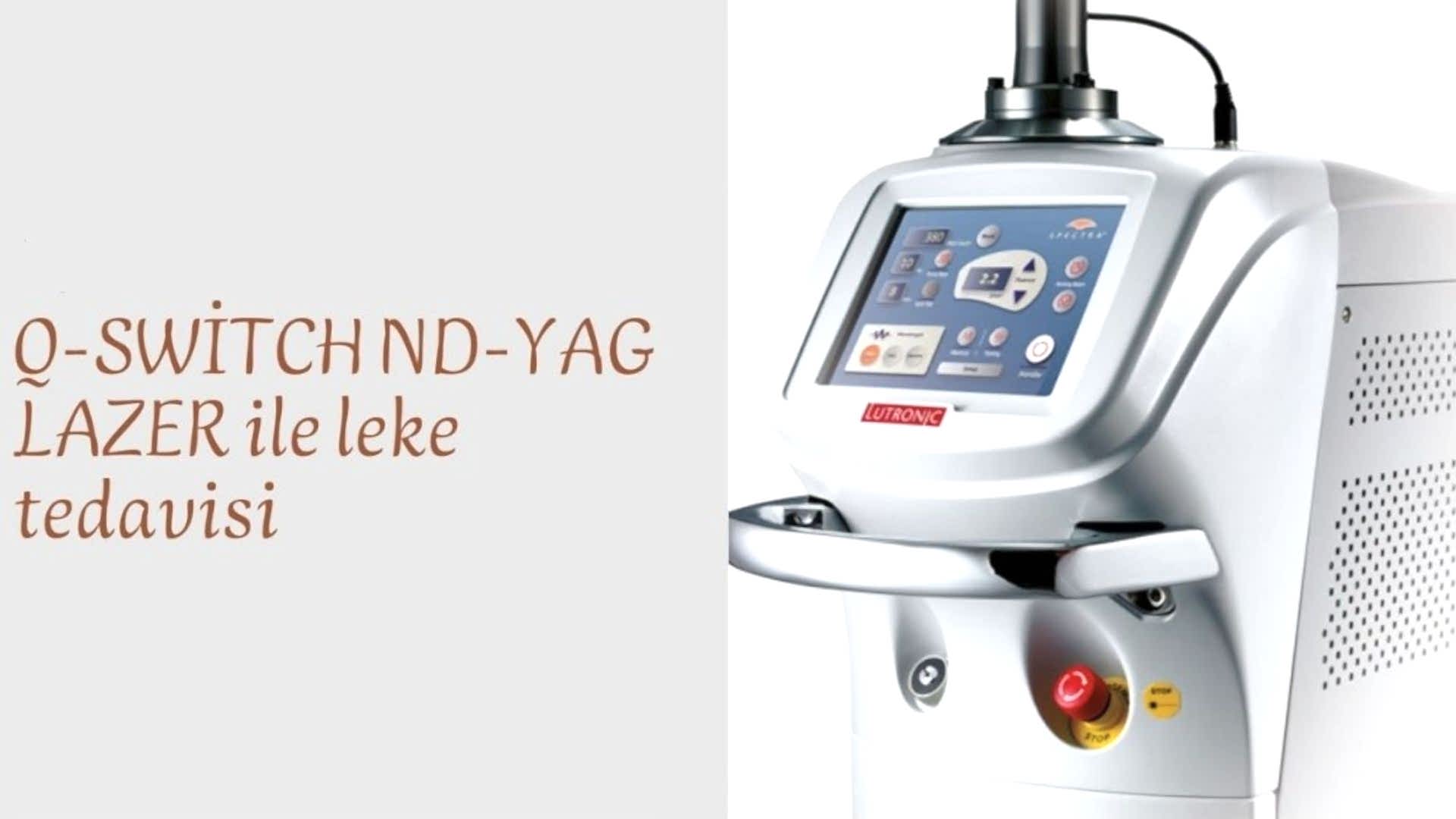
Q-Switch Nd Yag Laser is a system that can be used safely in spot treatment. It ...
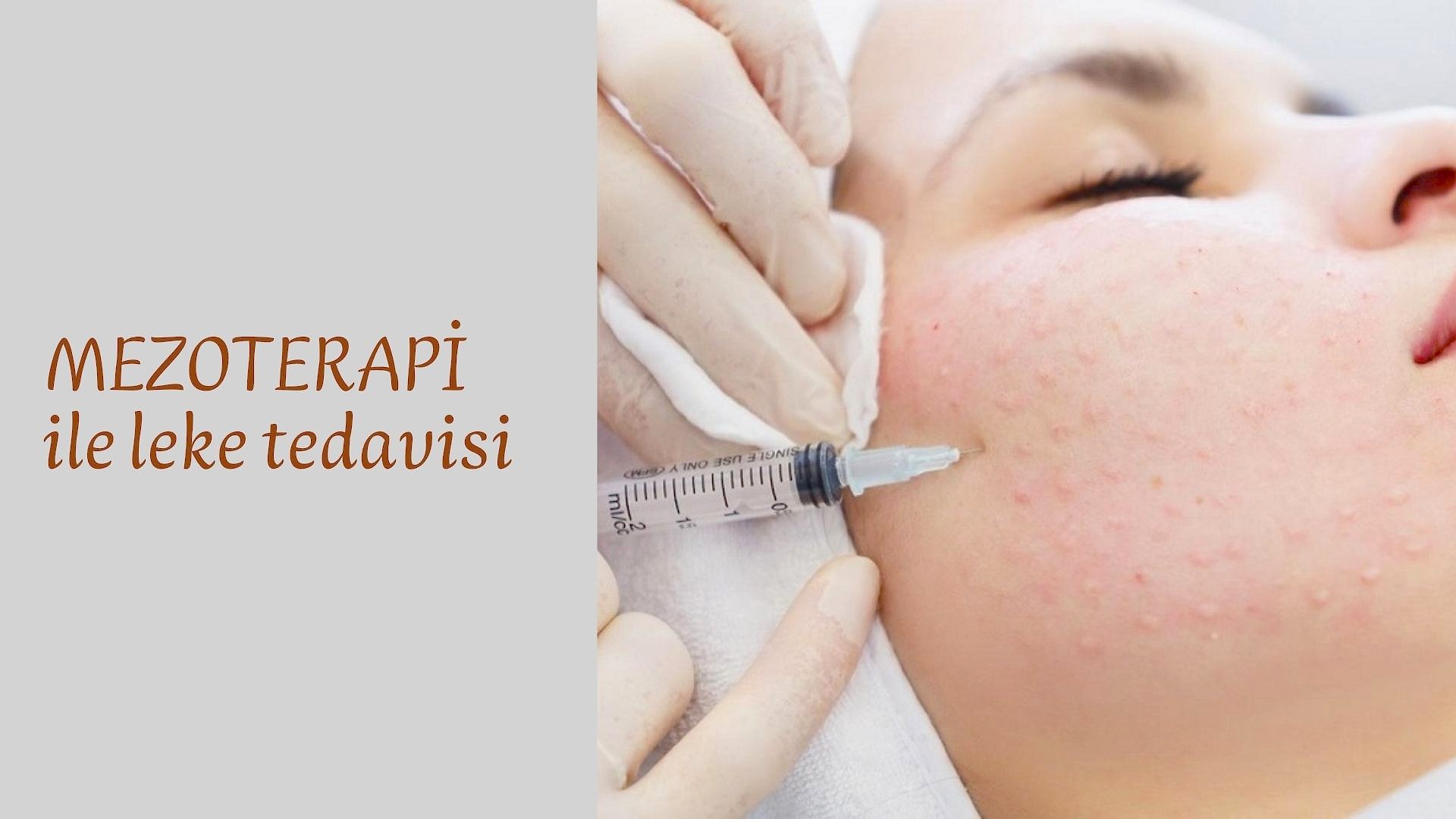
Mesotherapy is the injection of spot lightening drugs, mixtures containing vitamins and minerals under the skin ...
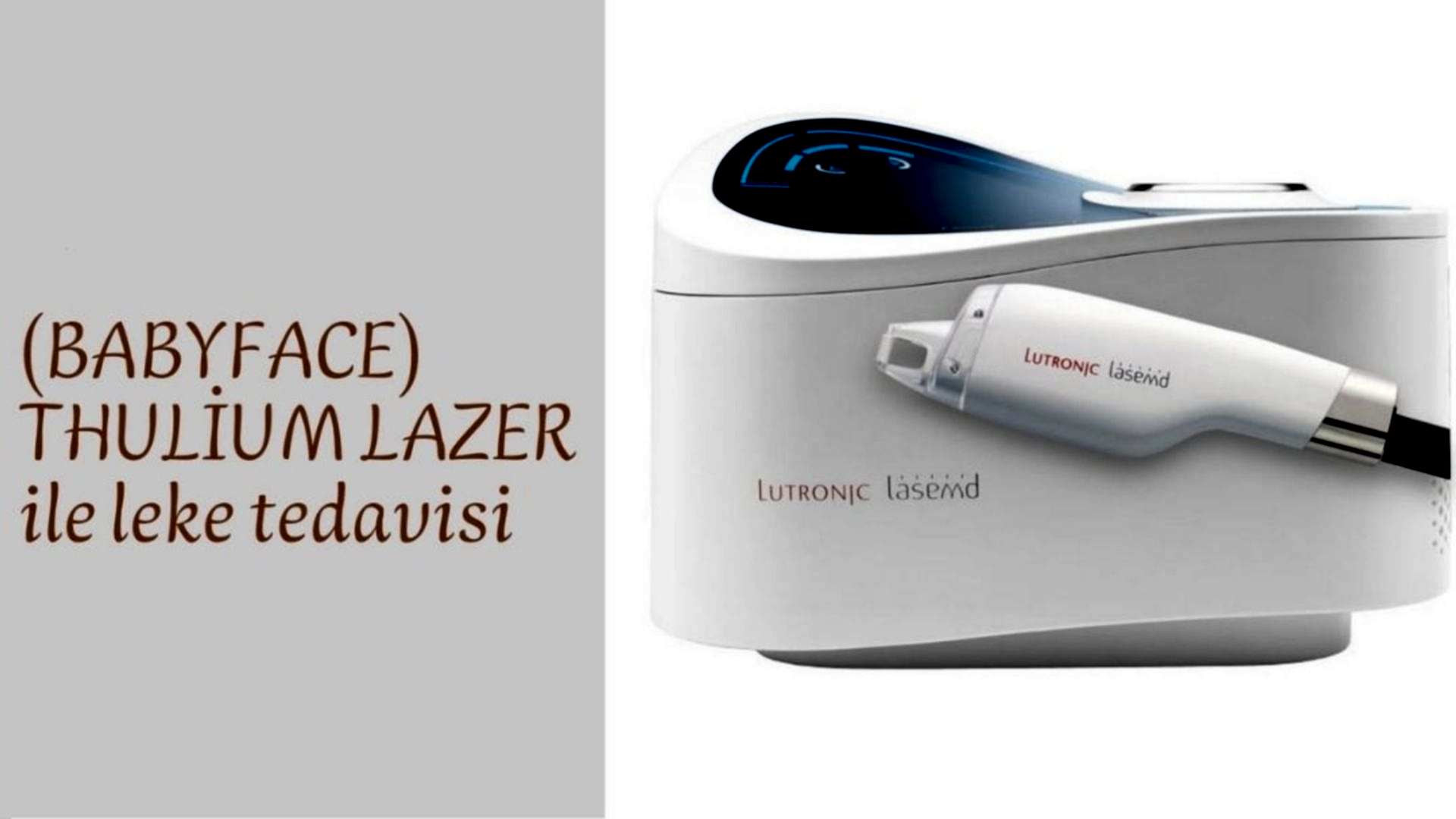
Thulium laser; It is an FDA-approved laser system that can be used safely on all stains ...
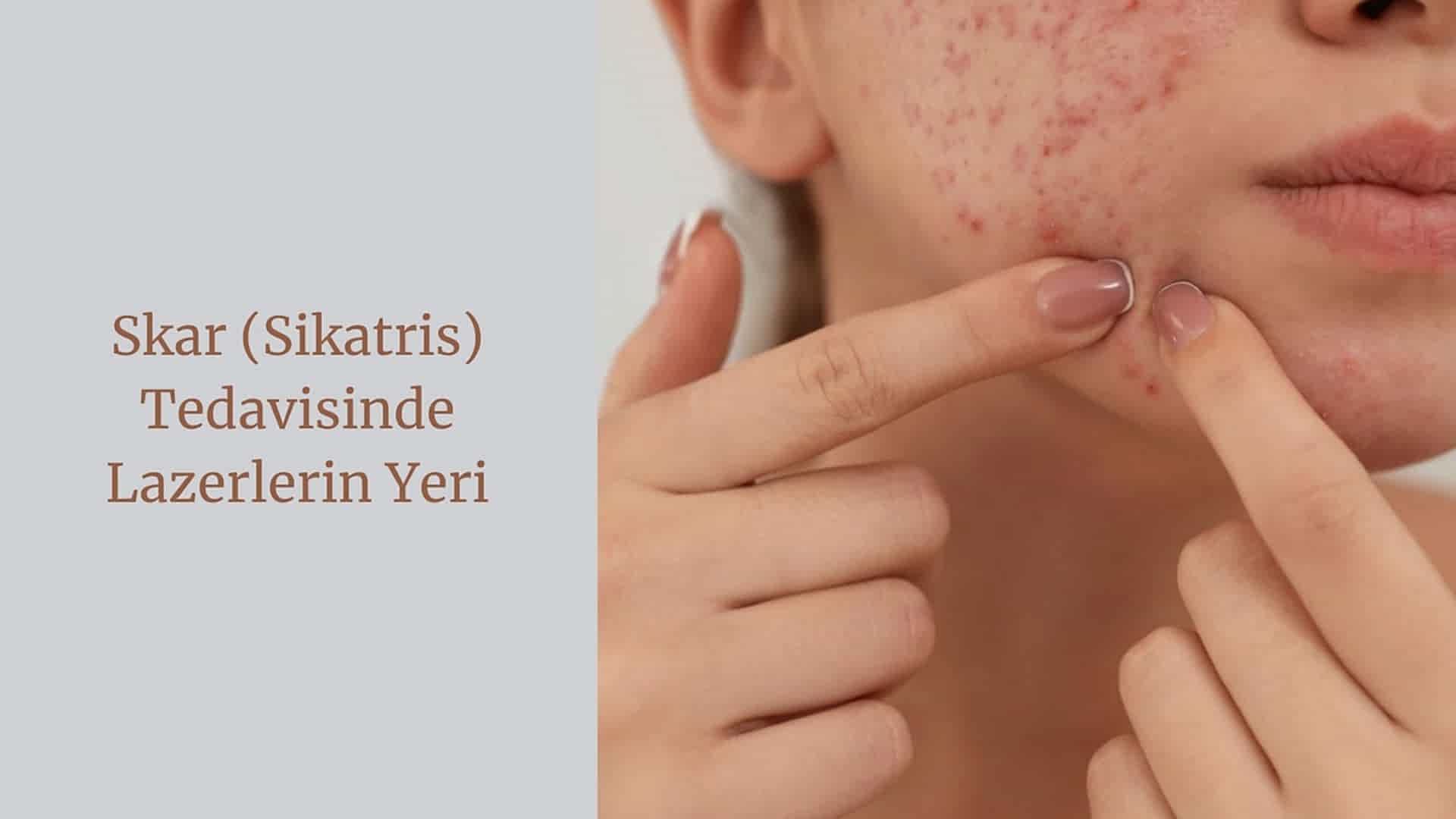
The Place of Lasers in Scar (Cicatrix) Treatment When the skin is damaged for various reasons such ...
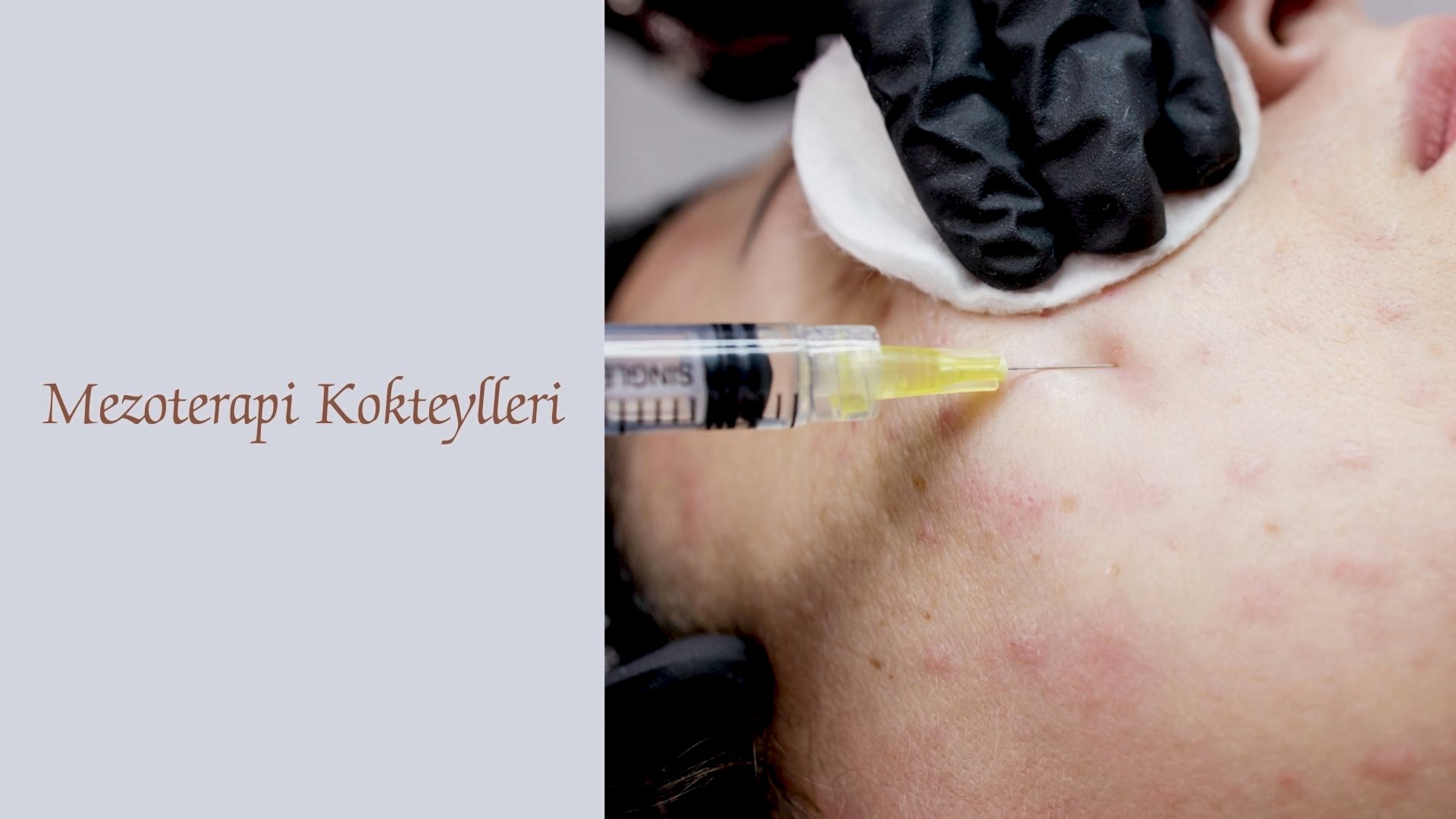
Biorevitalization and Biolifting Mesotherapy Cocktails Introduction Biorevitalization and biolifting are prominent methods among cosmetic dermatology applications for skin ...
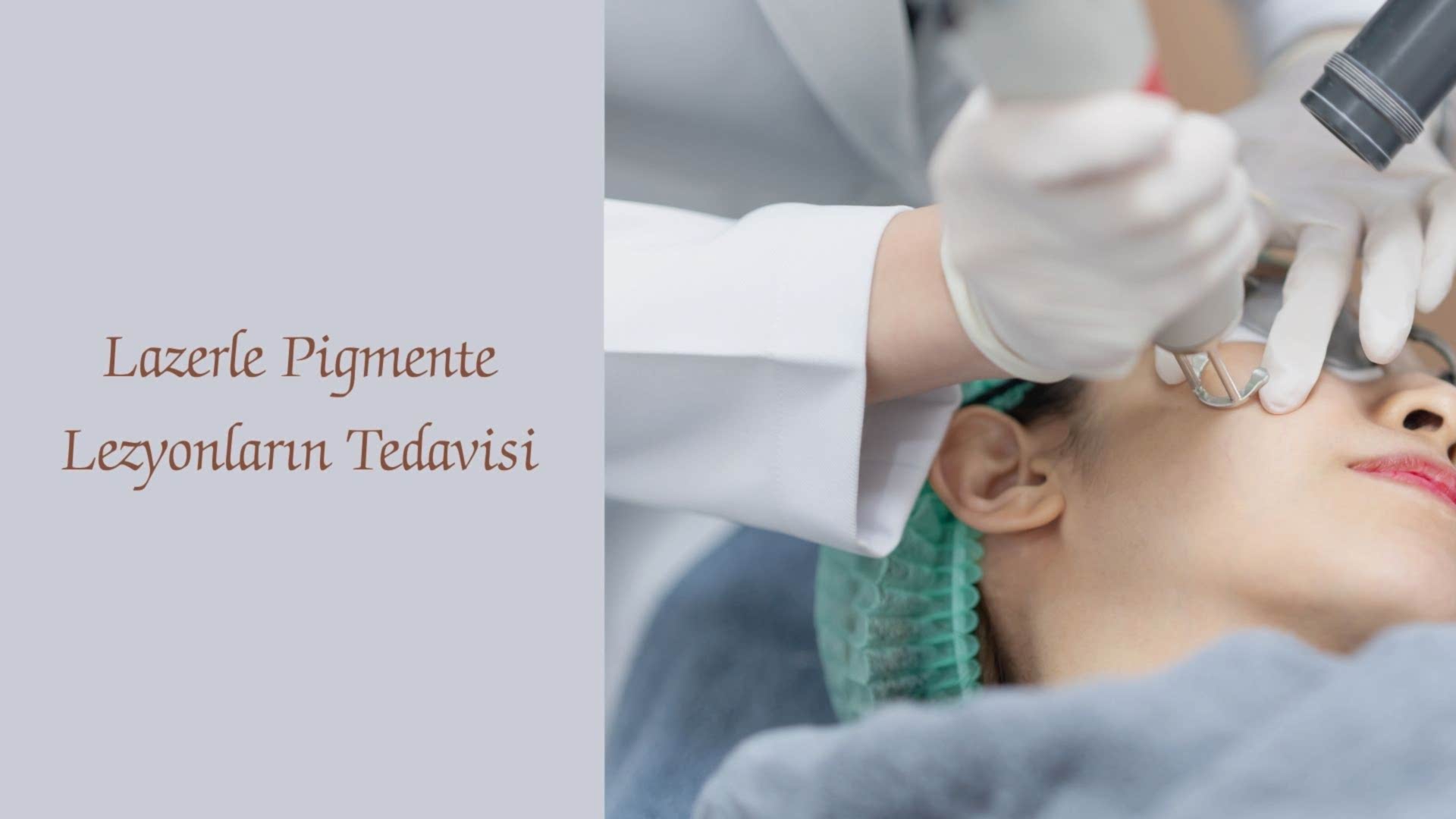
Laser Treatment of Pigmented Lesions Pigmented lesions are color changes that occur as a result of the ...
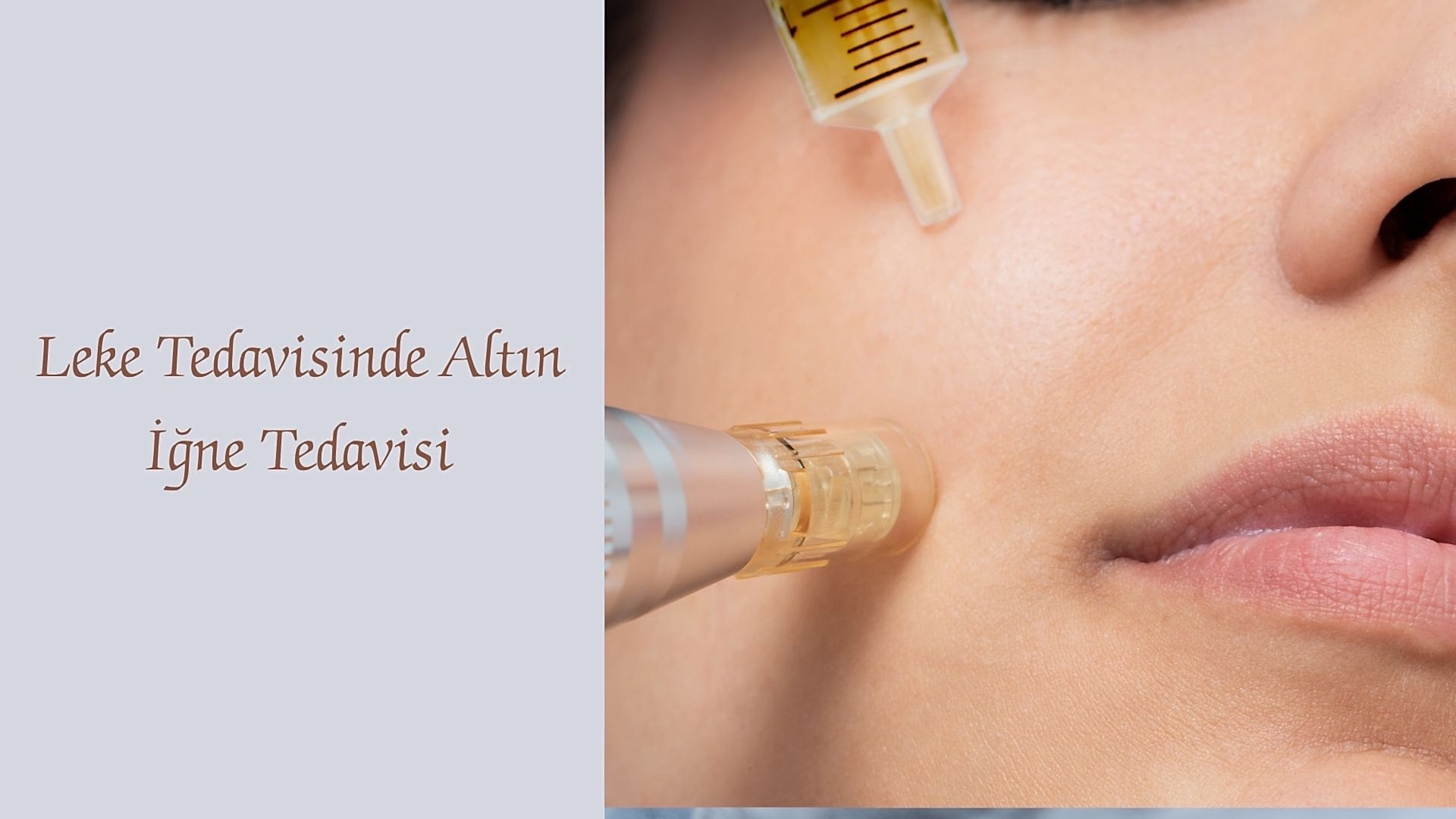
Gold Needle Treatment for Spot Treatment Spots on the skin can occur due to many factors such ...